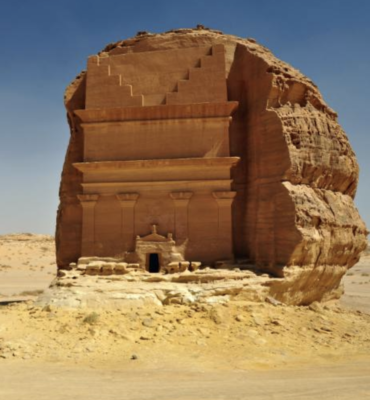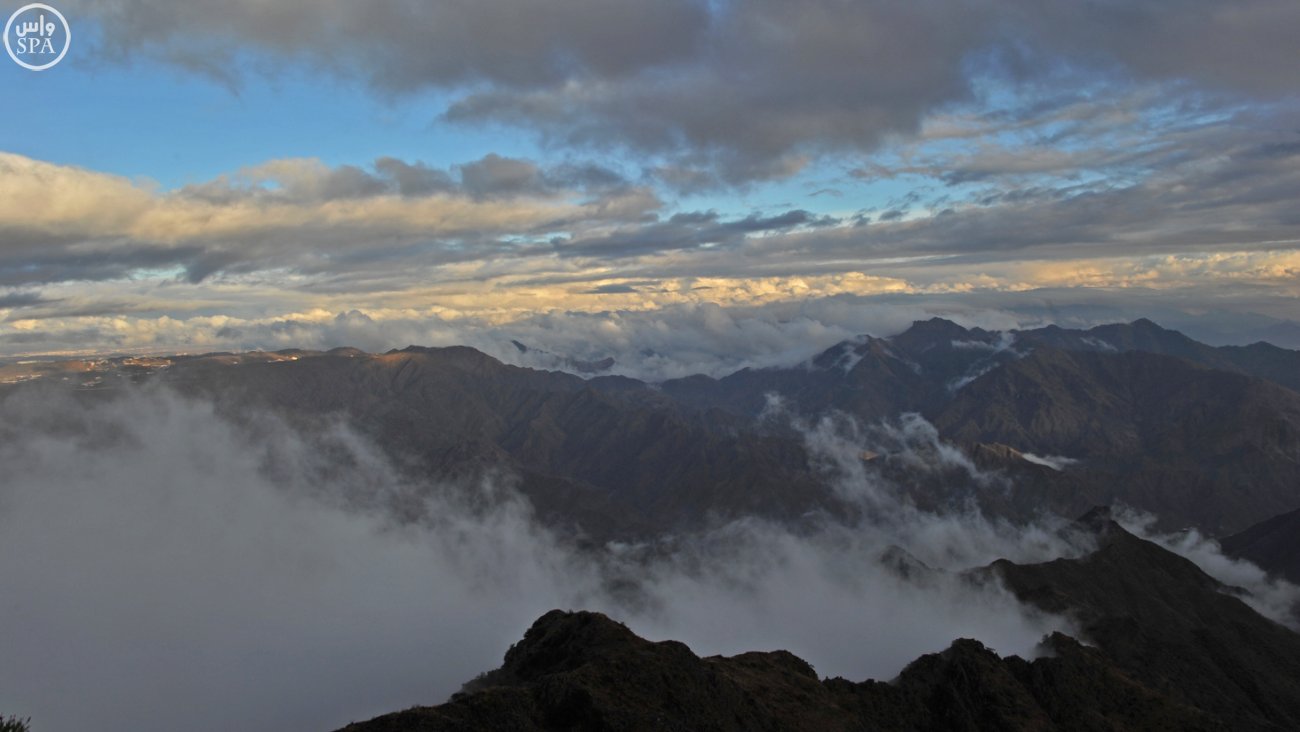A recently published story in the BBC highlights the unique culture and natural beauty of the Asir province in Saudi Arabia, whose male inhabitants don colorful and ornate head dresses made of local flowers.
The U.K.-based news service traveled to Asir province in the south of the Kingdom, one of the least traveled places in Arabia by Western visitors. The provinces’ rich history and gorgeous topography makes for the “perfect selfie opportunity in the most unlikely of settings.”
“Today, mostly concentrated in the southern Arabian Peninsula, Qahtanis are said to be the oldest social formations in the area, claiming to be the descendants of Ishmael, son of Abraham, of the Hebrew Bible. Their floral nickname comes from the fact that many Qahtani men traditionally crown their heads with intricate arrangements of herbs, flowers and grasses,” Molly Theodora Oringer writes. “The Flower Men’s home region, ‘Asir, is located atop a plateau that receives more rainfall than any other area of the kingdom. In May and June, temperatures in the country’s interior cities can top 30C, but ‘Asir province, some 900km south-west of the capital Riyadh, greets unprepared tourists with chilly winds and the occasional rainstorm. Its peaks, the highest in the country, host agricultural terraces carved into the mountainside by its inhabitants who subsist on small-scale farming of wheat, coffee and fruit.”
[Click here to read the full story on BBC.com]
The profile highlights one of the key sectors the government of Saudi Arabia is prioritizing as part of its Vision 2030 economic and social reform plans: tourism. Much of Saudi Arabia has not been seen by outsiders, or even by Saudis, presenting a significant opportunity to open up the country and capitalize on the sector. The Kingdom has not only sites of natural beauty, but also of historic significance.

Made’in Saleh in Saudi Arabia dates from the 1st century BC to the 1st century AD.
As of just a few months ago, tourists can, for the first time, obtain a tourist visa to visit Saudi Arabia without facing the strict requirements that previously made difficult to visit the Kingdom. The gradual change in policy has been put into motion to work toward the goal of making Saudi Arabia a destination for holiday-goers by 2030, with new resorts and developments being planned around the country.
Among the destinations for visitors to the Kingdom – in addition to the Asir region’s mountains – include heritage sites like Mada’in Saleh, the largest conserved site of the Nabataean civilization south of Petra, dating from the 1st century BC to the 1st century AD.









